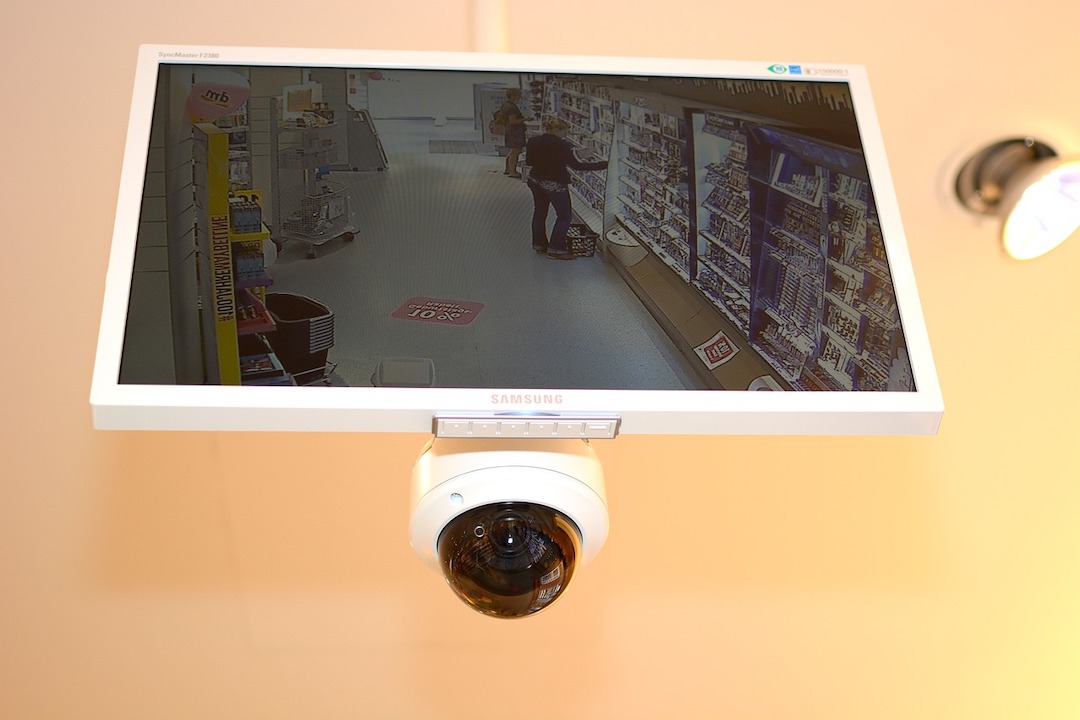Brand Story – Retailers are learning to economize and do more with less.
Faced with immense online competition, brick-and-mortar retailers are seeking ways to cope with reduced budgets and shrinking staffing levels while attempting to deliver critical services and ultimately increase customer satisfaction. Toward this goal, brick-and-mortar retailers increasingly turn to video technology and smart data innovations to improve the in-store shopping experience. One area offering great promise is the advent of data-driven video technology to optimize a minimally staffed but highly managed customer-oriented experience.
Beyond the traditional functions of safety, security, and loss prevention, video technology now offers an increasing array of capabilities that are helping retailers positively impact their business outcomes. For some time now, video data has been used to discover in-store traffic patterns in the form of heat maps with an eye toward optimizing product placement and endcap performance. More recently, we see video analytics being used to help manage everything from staffing to inventory, parking lots, and general maintenance needs. But a store’s video surveillance system still holds a wealth of hidden potential just waiting to be tapped.
A recent Research in Action study from the Loss Prevention Research Council (LPRC) reports that different forms of artificial intelligence (AI), including data management and data-driven video, are becoming a critical part of brick-and-mortar innovation. Managers need relevant, reliable, real-time decision support in reduced-staff store environments. Data-driven video management software (VMS) using video analytic software can provide this support.
Actionable, Automated Assistance
Video analytics uses AI-based software to analyze both real-time and recorded video, extracting actionable insights. The modern VMS serves as the central unifying platform that brings a variety of disparate information together to extract the contextual information managers need to make the best decisions quickly.
While many believe the role of video analytics is to make decisions for humans, the reality is actually the opposite. Analytics simply analyze the vast streams of data, looking for anomalies that may indicate a process, activity, or situation is heading in the wrong direction. Once detected, the software can connect with a human operator for final evaluation and potential action.
The actual use cases are vast and might include watching shelves for low-stock or out-of-place items, abandoned carts, messy aisles, spills, and many other situations that would detract from the customer experience or the store’s optimal performance.
Video analytic solutions are most effective when combined with other security technologies, bringing together video, audio, and various complementary data for greater context and evaluation capabilities. A modern data-driven VMS is designed to connect and bring together all video and audio devices, along with access control, people counting, point-of-sale, alarm, fire, and IoT-type devices detecting everything from air quality to freezer temperatures.
The conditions that can be monitored in a store may include an employee smoking by the dock, people loitering near the entrance, customers appearing lost in the aisles, or even checkout lines beyond a defined threshold. Each event can potentially initiate a response from staff. Fire or smoke, liquids spilled on the floor, objects left behind, or someone lying on the ground are all important events needing a response — the reality is that anything out of the ordinary can become an exception.
Doing More with Less
As brick-and-mortar stores continue to serve increasingly discriminating customers with fewer employees and amenities, it becomes imperative that leaders use modern technology to help augment operations and the shopping experience. If shelves are unstocked, if aisles and public areas are messy and disorganized, and if check-out lines are too long — customers will find shopping alternatives.
Integrated, data-driven video technologies are helping store managers understand what’s impacting their organization, the customer experience, and their bottom line.
For more information on how video technology can help retailers, please visit Milestone Systems.
Brand stories are paid content articles that allow Oregon Business advertisers to share news about their organizations and engage with readers on business and public policy issues. The stories are produced in house by the Oregon Business marketing department. For more information, contact associate publisher Courtney Kutzman.



